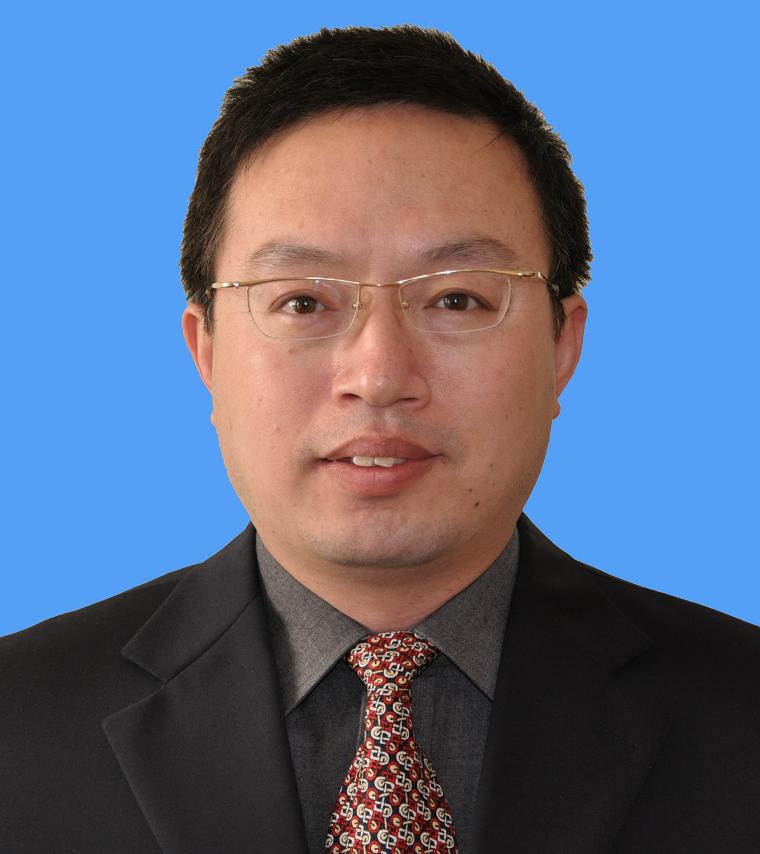On the eve of Pakistan’s election, international media focused on escalating violence and suicide bombs, while Taliban jihadists vowed violence for a Muslim theocracy, gunmen abducted ex-Premier Gilani’s son, and opposition leader Imran Khan campaigned from hospital bed after falling from a forklift during campaign.
The potential for fraud was reduced by biometric IC cards and a database, which eliminated 35 million bogus voters before the election. The number of voters amounted to 90 million, with 40 million first time voters.
Saturday’s election was the first civilian transition of power in Pakistan’s history. While it did take place amidst horrific violence, increasing poverty, and pervasive corruption, it also held a promise of a very different future.
In the coming years, Pakistan will seek to be more focused on economic development, which has significant implications over U.S. and Chinese interests in South Asia.
America’s lost reputation
In late 2011, Newsweek asked Khan whether China is a better political or military partner for Pakistan than the United States. “China is a neighbor,” he said. “China has a lot of experience pulling hundreds of millions of people out of poverty—and that’s what Pakistan needs, poverty alleviation—and we can learn from China’s experience in fighting corruption.”
While the interview raised eye-brows in Washington, it reflected Islamabad’s decade-long disappointment with the White House, and a shifting orientation toward Beijing.
According to Pew’s recent survey, the widespread discontent with Pakistan’s direction began to deepen toward General Pervez Musharraf’s rule. Instead of improvement, the reign of Asif Ali Zardari made things much worse.
In 2005, three of five Pakistanis felt the country was on the right path. Today, more than nine out of ten believes Pakistan is moving toward a wrong direction.
If President George W. Bush is unpopular in Pakistan, President Obama is even more so, thanks to his excessive use of drones to target extremists in Pakistan.
Economic plunge
Only half a century ago, Pakistan’s average economic growth rate exceeded that of the world economy. By the 1960s, the country was the model of economic development around the world.
While fiscally imprudent economic policies contributed to rapid increase public debt and slower growth in subsequent decades, Pakistan has been hit by a series of adverse events in the past 15 years – from the Asian financial crisis and economic sanctions, to the massive influx of refugees, huge natural calamities and a threat of a nuclear conflict with India.
Neither near- nor medium-term prospects are positive. Political uncertainty and security challenges have been compounded with large fiscal deficits accommodated by the central bank, which fosters high inflation, which limits growth and employment.
Since the global recession in 2008, real GDP growth has averaged only 3 percent annually, which is insufficient to achieve substantial improvement in living standards and to absorb the rising labor force. If Pakistan fails to take advantage of the demographic dividend, it will soon have to cope with a regional ‘Arab Spring.’
As the Bhutto dynasty is fading into history, the PPP (the Pakistan Peoples Party) has lost the support of the nation. Meanwhile, the fiscally conservative PML (Pakistan Muslim League), led by former Prime Minister Nawaz Sharif, has led most polls, despite allegations of corruption.
Since 2008, the PTI (Pakistan Movement for Justice), led by the charismatic Imran Khan, emerged as a popular counterweight to both PPP and PML. After General Musharraf’s endorsement, Khan was also seen as the candidate of the powerful army.
The Triangle Drama
After the Partition of 1947, the United States was among the first nations to establish relations with Pakistan, which Washington saw as a kind of South Asia’s Turkey. As an ally against the Soviet Union, Islamabad was seen integral to the Baghdad Pact (1955) in the Middle East and the Manila Pact (1955) in Southeast Asia.
While bilateral relations soured in the 1970s with Zulfikar Bhutto’s left-leaning PPP, Soviet expansion in the 1980s led to close bilateral military cooperation. In the 1990s, relations turned cold again with the U.S. imposed economic embargo on Pakistan. While the War on Terror restored cooperation, it relied on the personal dynamic between President Bush and General Musharraf.
Since 2011, diverging views on counter-terrorism, the killing of Osama bin Laden, along with other adverse incidents have severely impaired the bilateral relations between Washington and Islamabad.
In turn, Pakistan and China found each other already in the 1950s, when Islamabad was among the first to recognize the People’s Republic of China. Following the 1962 Sino-Indian War, both countries began to nurture a close and supportive relationship. Military assistance began in 1966. A strategic alliance followed in 1972 and economic cooperation in 1979.
Today, China is Pakistan’s largest supplier of arms and its third-largest trading partner. The two are cooperating in Pakistan’s civil nuclear power sector. Beijing has helped in building the Khushab reactor.
In Islamabad, China is seen as a regional counterweight to Washington and NATO. China supports Pakistan’s position on Kashmir, while Pakistan supports China on the issues of Xinjiang, Tibet and Taiwan. Economic cooperation has accelerated with a free trade agreement and China’s assistance in the development of Pakistan’s infrastructure.
China is the largest investor in Pakistan’s deep-water port at Gwadar, which is located at the month of the Strait of Hormuz. Some 60 percent of China’s oil comes from the Gulf by ships traveling over 16,000 kilometers in 2-3 months, but Gwadar will reduce the distance to 2,500 kilometers and serve round the year.
Near-abroad in South Asia
Today, more than nine of ten Pakistanis have an unfavorable view of the United States, President Obama, and U.S. economic assistance. However, most Pakistanis have a highly favorable view of China.
Meanwhile, Islamabad’s economic consensus has shifted as a result of Khan’s platform, which combines a focus on economic development with moderation in foreign policy. The PTI is a major anti-status quo movement advocating for a modern and egalitarian model of Islamic and democratic welfare state – a version of Recep Tayyip Erdogan’s economic policies and Ahmet Davutoglu’s “zero conflict” policy in Turkey.
Imran Khan is more popular than the president and the prime minister together. What bodes well for Pakistan’s future is that Khan’s rivals are embracing some of his core doctrines.
In successful large emerging economies, land reform has been vital for increased agricultural productivity and effective democracy. In Pakistan, large landowners dominate political dynasties and democratic institutions, and pay few taxes. In turn, U.S. aid has served to slow down industrialization. Tens of billions of dollars in misdirected assistance to Pakistan has only alienated Islamabad from Washington.
As Pakistan’s impending shift strongly suggests, unipolar policies no longer work in the nascent multipolar world.
Dr. Dan Steinbock is Research Director of International Business at India China and America Institute (USA) and Visiting Fellow at Shanghai Institutes for International Studies (China) and the EU Center (Singapore).


